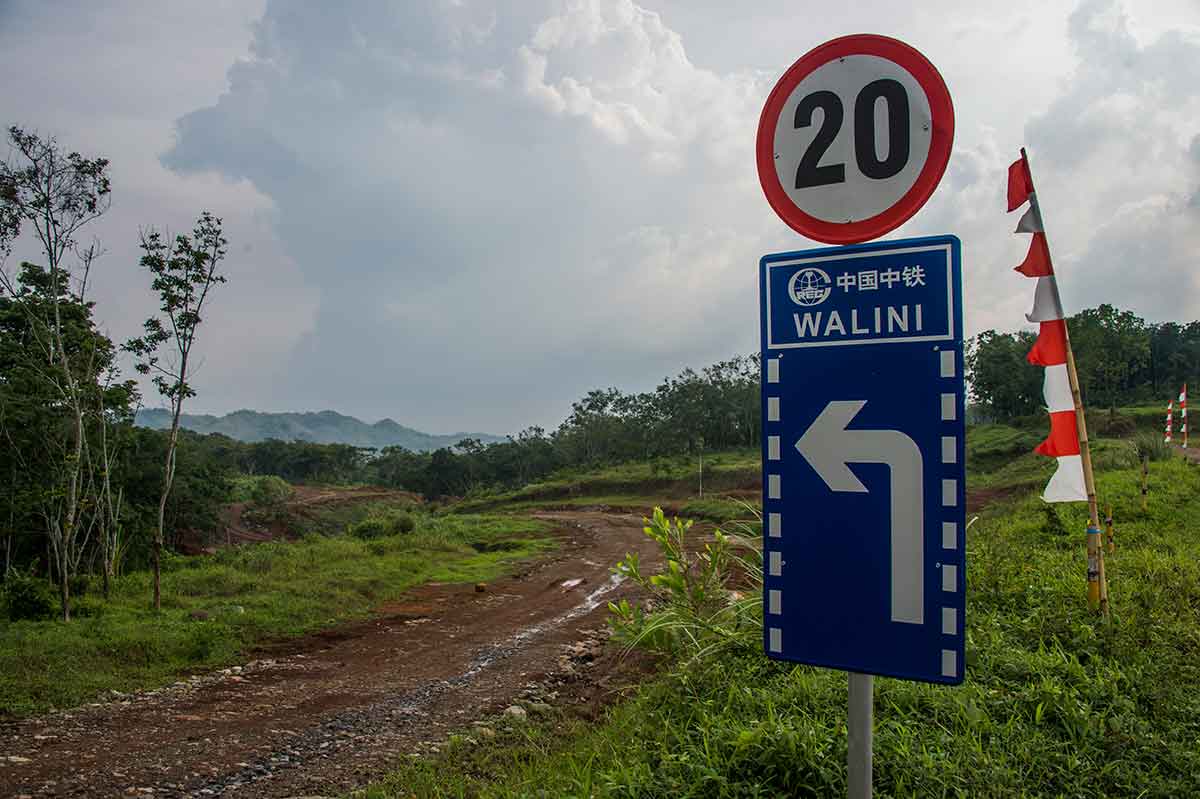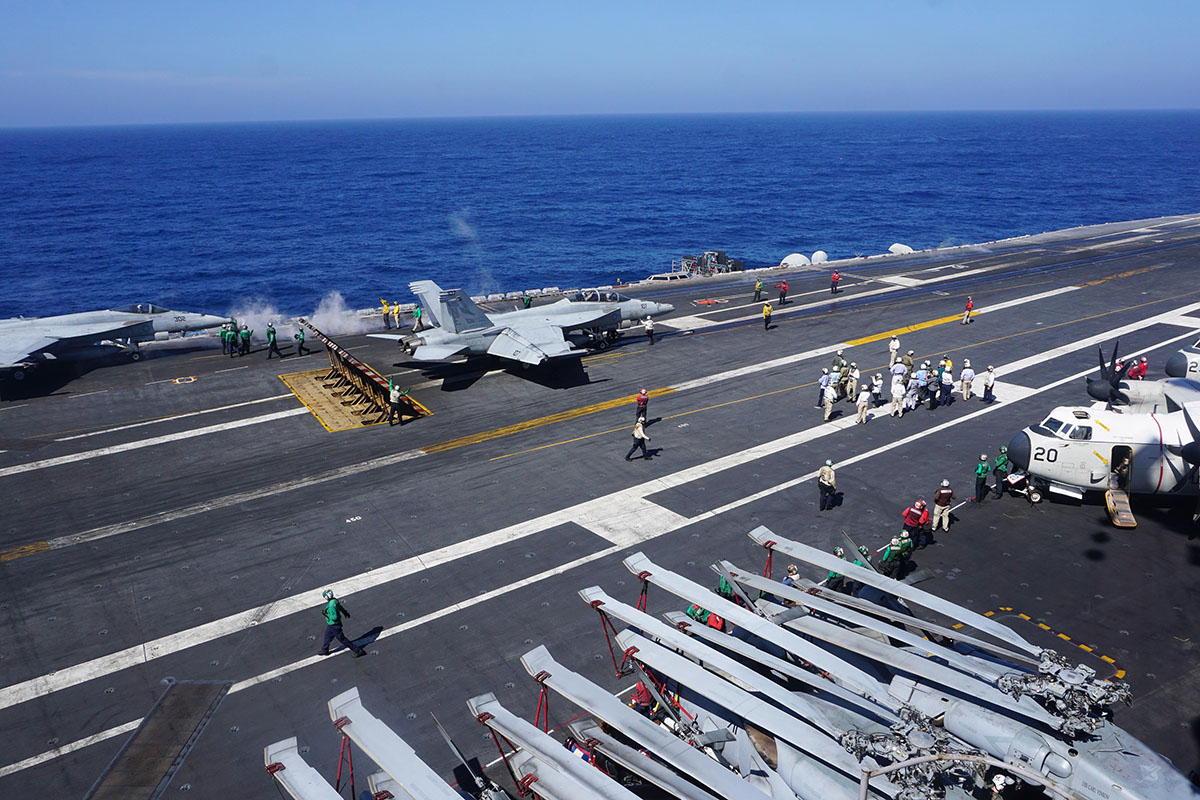Aside from election fever and concerns over free trade, it is likely that Southeast Asia will play a much bigger role in global geopolitics in 2019. The growing importance of the region in the shifting landscape of geopolitics could be seen during last year’s ASEAN Summit in Singapore where heads of state from all over the world including Russia’s Vladimir Putin, Canada’s Justin Trudeau, Chinese Premier Li Keqiang, United States (US) Vice President Mike Pence and many more were in attendance.
In part two of “ASEAN: Outlook for 2019”, The ASEAN Post will look at some of the major geopolitical issues that could shape the future of the region.
South China Sea
Perhaps the most contentious issue in the region, the dispute over the South China Sea is far from over. The dispute has for the longest time been a thorn in the flesh of relations between claimant Southeast Asian states – the Philippines, Malaysia, Vietnam and Brunei – and China, and for good reason.
It is one of the key arteries of global trade, carrying an estimated one third of global shipping amounting to trillions of dollars. The area is also rich in hydrocarbon resources. Estimates by the US Energy Information Administration (EIA) indicate that 11 billion barrels of oil and 190 trillion cubic feet of gas lies under the seabed of the South China Sea.
 Activists protest in front of the Chinese Consular office in Manila on 12 July, 2018, to mark the second anniversary of the UN-backed tribunal ruling in July 2016 saying there was no basis for China's claims to most of the South China Sea. (Noel Celis / AFP Photo)
Activists protest in front of the Chinese Consular office in Manila on 12 July, 2018, to mark the second anniversary of the UN-backed tribunal ruling in July 2016 saying there was no basis for China's claims to most of the South China Sea. (Noel Celis / AFP Photo)
Binding these interests together is the geopolitical aspect of it all. China has been looking to expand its influence over the region and is allegedly building military bases on artificial islands in the South China Sea. Meanwhile, the US and its allies are keen to counter a growing Chinese presence. Besides, the US has long seen itself as the world’s police and has had a military presence in South China Sea for a while now. The US’ desire to keep China out of the South China Sea is among the reasons why its pivoted to a “Free and Open Indo-China” in its foreign policy towards Asia. Not helping the already antagonistic relationship between China and the US is the growing trade tensions between the two superpowers.
Despite losing the legal battle over its claim in the South China Sea, China’s presence there has not been affected. China also continues to try to woo states into orbit by promising infrastructure projects and cheap credit – challenging ASEAN’s core principle of centrality.
During the last ASEAN Summit, both China and ASEAN reaffirmed their commitment to completing a Code of Conduct (CoC) in the South China Sea this year. If the Single Draft Negotiating Text of the CoC is completed this year then it could possibly lead to the end of the dispute in the South China Sea. However, the devil is in the details. The terms of the CoC must be made clear and should be legally binding for it to work.
Chinese infrastructure projects
When China announced its ambitious Belt and Road Initiative (BRI), many South East Asian nations saw this as an opportunity to improve their infrastructure. The BRI is considered to be one of the largest infrastructure projects in the history of the world. With the estimated involvement of over 60 countries and a total cost projected at US$1 trillion, the Chinese government claims that the BRI will improve connectivity and cooperation between Eurasian countries.
However, there has been growing sentiment against these megaprojects. Fears of a “debt-trap diplomacy” have been raised – that China is dishing out loans with hopes that receiving countries would eventually default on these loans, and cede their resources to China.
 This photograph shows a sign, including Chinese characters, erected on the land where the Jakarta-Bandung high-speed rail will be constructed in Bandung, West Java province. (Bay Ismoyo / AFP Photo)
This photograph shows a sign, including Chinese characters, erected on the land where the Jakarta-Bandung high-speed rail will be constructed in Bandung, West Java province. (Bay Ismoyo / AFP Photo)
Amidst the BRI frenzy, state companies took on projects quickly and gave out loans without considering their viability. The China Banking and Insurance Regulatory Commission recently estimated that Chinese banks had lent US$200 billion for 2,600 projects.
Myanmar decided to scale down a new port in Kyauk Pyu from US$7.3 billion to US$1.3 billion after an advisor to State Councillor Aung San Suu Kyi called the initial price of the project “crazy” and “absurd.
While China continues to curry favour with leaders of the Philippines and Cambodia, many Southeast Asians are suspicious of the motives of the Chinese government. According to a survey by ISEAS-Yusof Ishak Institute, only 8.9 per cent viewed China as a “benign and benevolent power”. This sentiment is also echoed by some leaders. In Malaysia, Prime Minister Mahathir Mohamad has slammed Chinese projects agreed by the previous government. After winning the elections, his government suspended the US$20 billion Chinese backed East Coast Rail Line (ECRL) project and also cancelled a natural gas pipeline project.
Currently, Malaysia is reviewing whether it should continue with the ECRL project. Some are calling for it to be completely scrapped, while others have told the government to bring the price down. It will be interesting to see if there are other countries in the region that will follow Malaysia’s footsteps.
As the backlash over Chinese projects continues to grow in the region, the issue may be used as election fodder as Mahathir has done in Malaysia in the upcoming elections in Indonesia, the Philippines and Cambodia.
Related articles:
ASEAN: Outlook for 2019 Part 1
ASEAN 2018 Year in Review: Part 1
ASEAN 2018 Year in Review: Part 2
